A movie in which an amateur experiences fighter pilot G-resistant training is now available

Fighter pilots are subjected to unusually large
G-Force, Jerk, and Passing Out in a Centrifuge - YouTube
'This is the Royal Air Force base in Farnborough, in front of a gravity training centrifuge,' says YouTuber Tom Scott. Scott said he was there because the facility is open to the public.

RAF Wing Commander Nick Green said: 'The centrifuge has been at the base since 1955, originally used for research purposes but more recently for training purposes.'

'This centrifuge replicates the G forces experienced by the pilot.'

'Pilots who are new to the centrifuge are put through a program that takes them to five times g-forces (5G) without

'In reality, to get that high G-forces, you'd need a massive centrifuge like this or an incredibly expensive rocket,' Scott says.

'In the 1950s, the U.S. Air Force experimented with rocket-powered sleds that could push things to incredible speeds, but the G forces produced by these rockets, while tremendous, are not dangerous.'


'But the G forces you experience when decelerating are completely different.'

'In the rocket sled experiment, we used water to brake it...'

'In a 1954 experiment,

'Mr Stapp was seriously injured during the experiment, but he recovered and lived to be 89 years old.'

'As we can see from this experiment, the human body is resilient and can recover from damage caused by powerful G-forces.'

'G tolerance is something we're born with, and some people have it and some don't,' Green said, explaining that tolerance to G varies from person to person.

'Also, people don't live in a way that makes them tolerant to G-forces, so it's not something they're genetically trained to tolerate,' Green said. 'So you can't just recruit people who are tolerant to G-forces into the Air Force, so you have to train them to tolerate them.'

Scott then actually experienced G-resistance training using a centrifuge. The program he will be experiencing this time will be from 2G to 3G. The 'g' in the upper right corner indicates the acceleration due to gravity, and 'jerk' indicates the rate of change of acceleration (

Gradually accelerating, centrifugal force begins to be applied to the box Scott is riding in.
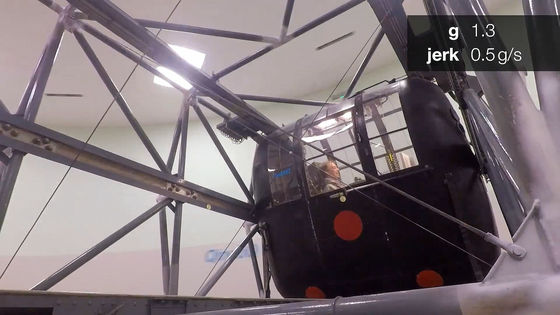
In no time, we reached 2G. 'The acceleration of a centrifuge is relatively slow, at only about 1G per second, but in a fighter jet, the G changes in an instant,' Scott said. Even though his whole body was pressed against the seat, he still seemed to be able to handle it.
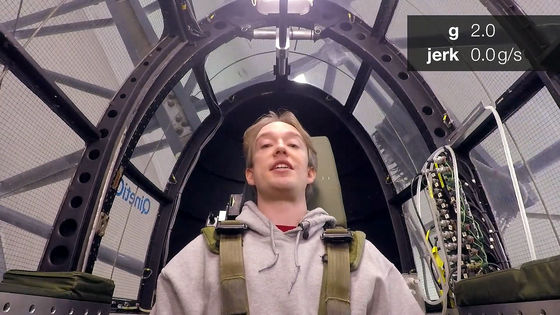
RAF Major Bonnie Posselt said: 'As we increase the G-forces Scott is experiencing, blood is forced into his lower body and he eventually loses consciousness. Pilots have to do a lot to keep the blood moving back up to his upper body.'

As Posselt spoke, the centrifuge reached 3.6G, at which point Scott said his vision was getting blurry and he began to lose consciousness.

Posselt shared some tips to help you stay awake if you find yourself in this state: 'First, tighten your hips and legs, creating muscle tension. This will compress the blood vessels in your lower body, allowing blood to return to your upper body.'

'The second is breathing techniques that directly increase blood pressure in the large vessels of the chest and increase chest tension.'
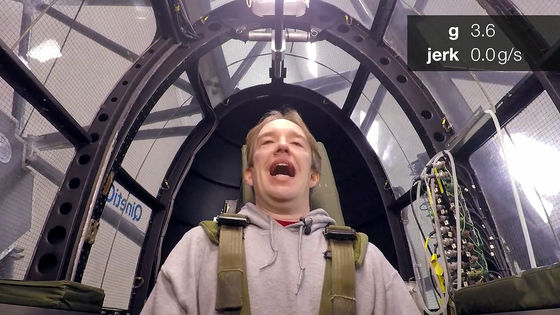
'But even then, if the blood pressure in the head drops, the person can lose consciousness.'
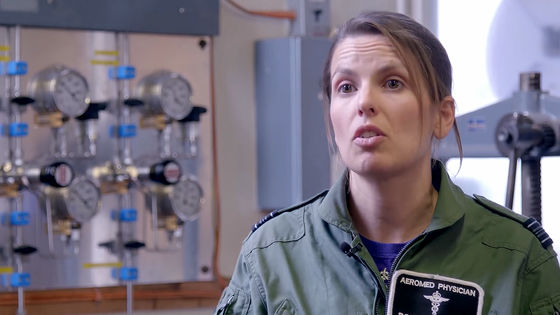
'This phenomenon is called '
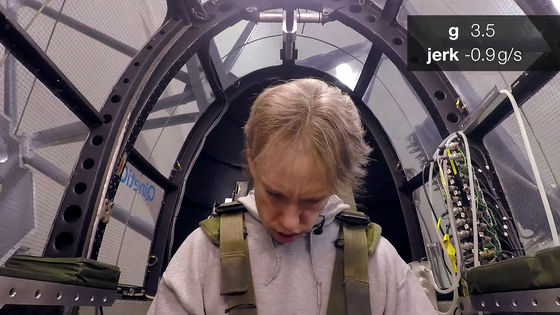
'G-LOC itself is not dangerous to the human body, but if you think about what would happen if a fighter pilot fell into G-LOC, you can see how dangerous it is.'

Scott lost consciousness once during the training, but it did not seem to have any particular effect on him. He said, 'Many people have done experiments in the past, like John Stapp, to experience gravity by riding on rocket sleds. The data from these experiments is actually used in the design of roller coasters and rockets.'
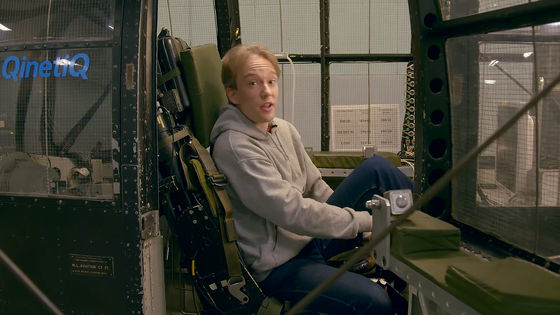
'But how are they testing it when there is almost no research on jerk?' Despite the fact that there are points to consider in the existing experimental data, Scott seems to have doubts about the fact that past data continues to be used without improvement, and he ends the movie by asking a question.
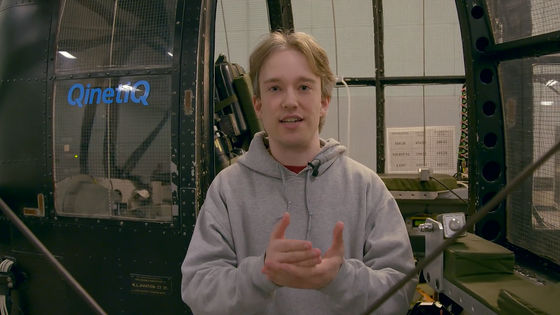
Related Posts:
in Free Member, Video, Science, Posted by darkhorse_log








